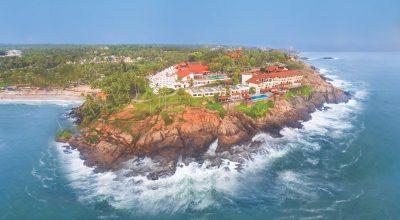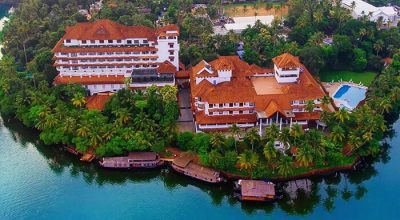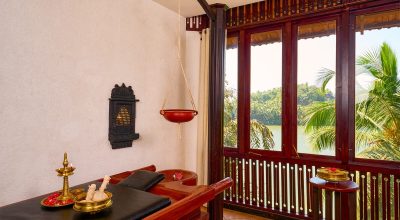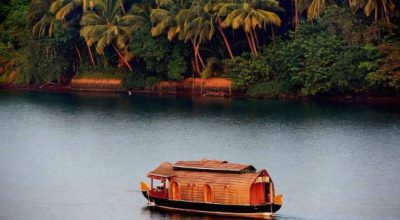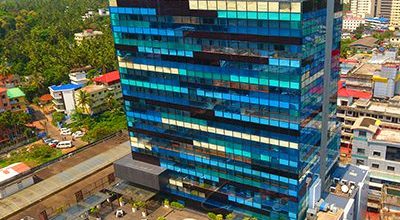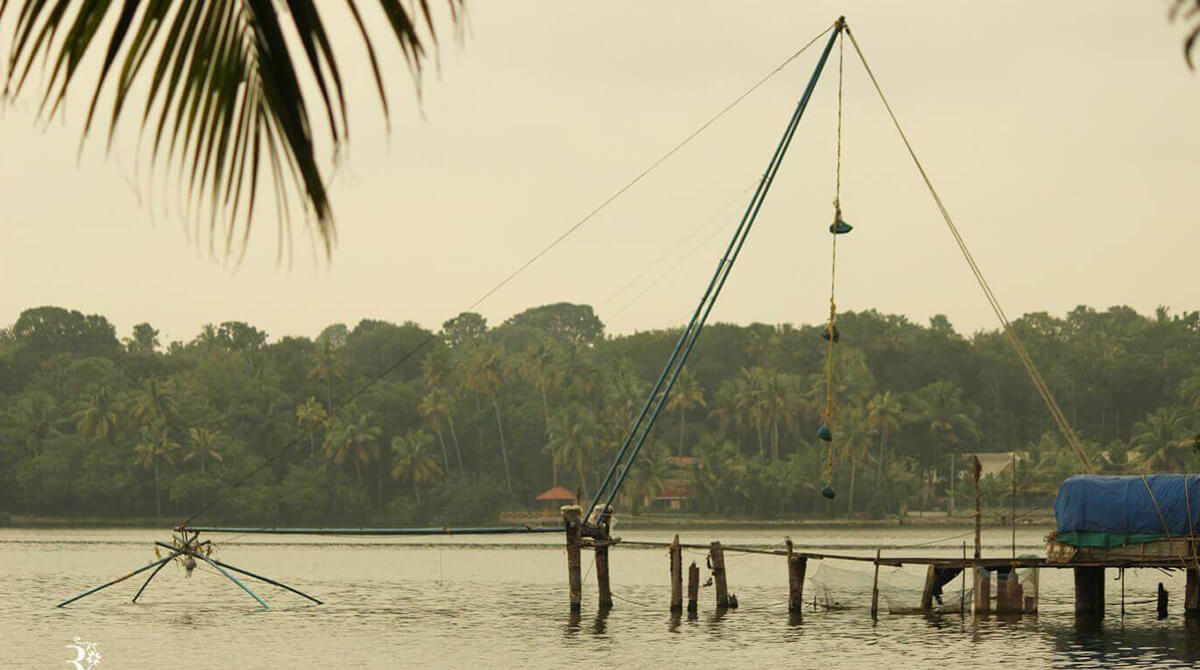Kollam, or Quilon as it was earlier known, is an old port city located on the banks of the Ashtamudi Lake. It was the ancient commercial capital of Kerala and of the south-western coast of India with a flourishing coastline of 37.3km. It is believed that it was here that the early seafarers first put foot in India. The seaport was in fact set up by bishop Mar Abo in 825 AD and became the most famous port of India that involved in trade with the Chinese, the Middle East, the Dutch, the Portuguese, Brazil and other eastern Mediterranean countries. The recent discovery of artifacts and remnants provides further proof of the ports trade activities during the last two millennia. Archeologists have in fact gone further and proposed an exciting theory that there is a submerged city in the seabed of the current Kollam port.
Kollam is fairly industrialized and is important for the trade and commerce of the state as a whole. It is the center of the country’s cashew trading and processing industry and there are about 34 factories presently in this industry, providing employment to about 26,000 workers. It has 17 large and one medium scale industry in the district, making it the second largest revenue earning City Corporation in Kerala. The confluence of three Highways and a flourishing port have made this city a favorite hub for the export and import business.
Aside from this, Kollam district ranks first in Kerala for its livestock wealth in the state. Other industries to be found here include the handloom industry, clay mining industry and the wood-based industry is a testimony to the dense forests present in Kerala. More than 70% of the districts workforce is involved in agriculture with the major crops being grown here including paddy, tapioca, coconut, rubber, banana, mango and of course, the star crop, cashew! Another point of interest is the dizzying sum of three hundred and forty three million coconuts being produced here per year. The presence of two prime rivers here has contributed greatly to the agricultural sector.
Kollam district remains an important hub for the fishing industry and is a major contributor to its economy. Neendakara harbor thrives on fishing and is the center for trawlers and ice plants. An estimated 23,000 people are engaged in the fishing and its allied activities. Aside from 26 coastal villages, there are 24 inland villages also involved in fishing activities. One third of Kollams economy6 is believed to come from the fishing industry with an estimated whopping sum of over 85,000 tons fish landing per year.
Kollams clam fishery is world-famous and is certified by the Marine Stewardship Organization that’s involved in making seafood markets into sustainable endeavors. The panoramic Ashtamudi Lake famous for its backwaters and houseboat cruises is also famous for being a major source of clams. Its extensive mangrove habitats are home to numerous varieties of fishes and clams. The clam industry that began in 1981 provides livelihood to about 3,000 workers who are involved in its harvesting, processing and trading. About 80% of India’s export quality clams are harvested in Kollam’s Ashtamudi Lake. This growth was driven by demand from south Asian countries like Malaysia, Thailand and Vietnam during the 1980’s and 1990’s. An average of 10,000 tonnes of clam fishing takes place per year in Kollam district. Another popular fish exported from here is the lantern fish which is rich source of Omega-3 fatty acids. Earlier, the pearl spot fish, adjudged as the State fish of Kerala was in great abundance in one of the creeks of the Ashtamudi Lake, but due to pollution, it sounded a death knell for this expensive delicacy and about 400 fishing families had to migrate to other locations for livelihood.
The total export of seafood products is the highest from Kollam Port as compared to other cities in Kerala, and this is only set to get higher due to the dynamic development of the port.
Cashew production and processing are another major source of income for this district with Kollam being known as the Cashew Capital of the World. The cashew mills of the city have contributed immensely to the development of Kollams economy and business, with over 34 major factories being involved. This industry has a mighty turnover of over 250 crores per year.
The coir industry is a given in Kollam, considering the high number of coconuts being harvested here. The practice is to ret the coconut husk in the surrounding abundant waters of the Ashtamudi Lake, and after a suitable time of degradation, the villagers use it to make coir which they use for weaving into beautiful items meant for export into the Western world where they are in high demand.
Kollam is the place to be in with its booming economy and exponential growth as well as the major export and import business which beckons the highflyer. And as it’s well connected by rail, road as well as by air via the Trivandrum airport, 70km away, it’s an ideal location for anything and everything!

